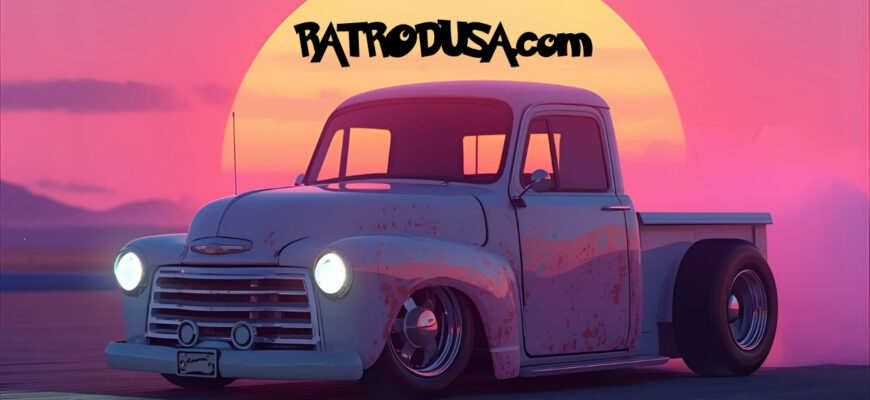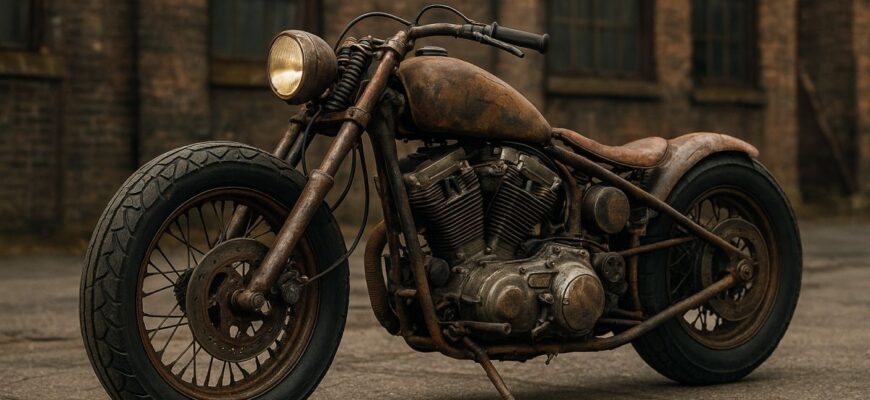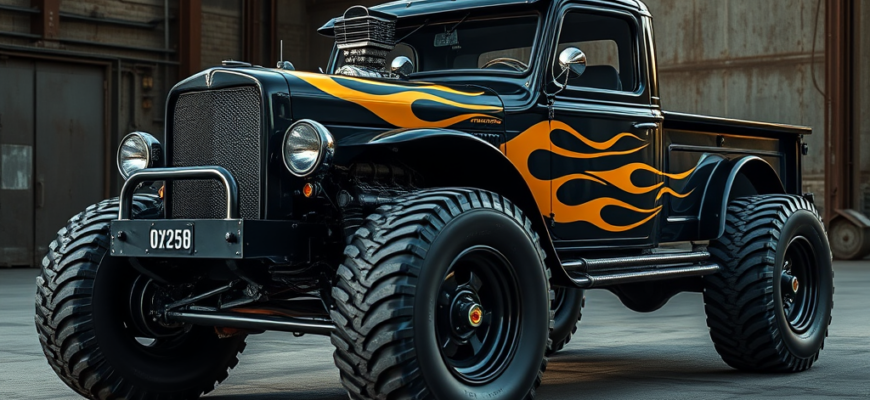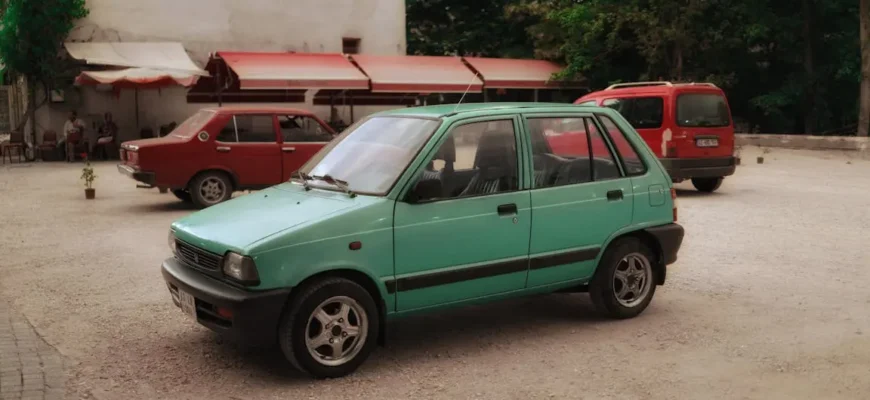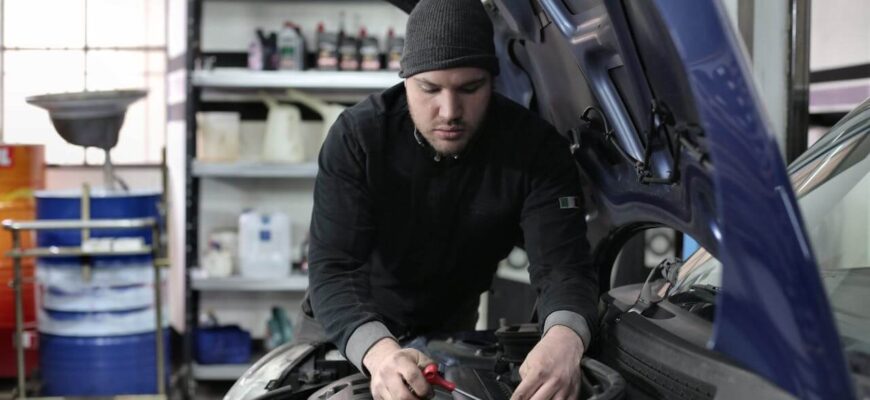Rat Rods
В свят, където автомобилите са неразделна част от ежедневието ни, пътната помощ се явява като спасителен ангел за всеки шофьор. Представете си следната
Engineering the Aesthetic: A Technical Deep Dive into Rat Rod Pickup Trucks and Cars Introduction The Rat Rod movement represents a significant and often
Discover the gritty world of Rat Rod Motorcycles. From their history to unique designs, learn what makes these vintage bikes a true counter-culture statement.
In the high-gloss world of classic cars, where perfection is a religion and every chrome surface must gleam like a mirror, there exists a gritty, unpolished rebellion.
The automotive landscape is a diverse tapestry, woven with threads of gleaming chrome, aerodynamic curves, and the roar of finely tuned engines.
Когато говорим за оптичен тунинг за Audi, ние в a-tuning.bg не просто продаваме тунинг части. Ние предлагаме експертна оценка, базирана на дългогодишен
Ако имате стар автомобил, който вече не може да бъде ремонтиран или използван, вероятно си задавате въпроса: „Каква е цената на автомобил за скрап?
How to Turn Heads with a Rat Rod in the USA In the world of automotive customization, few styles turn as many heads as the iconic rat rod.
С напредването на екологичните изисквания, много собственици на стари автомобили са принудени да се замислят за бъдещето на своите превозни средства.
Едно от най-големите предизвикателства за всеки шофьор е да се справи с проблемите, възникващи при двигател на автомобила. Двигателят е сърцето на всяка


